This wedding and engagement ring belonged to one of my clients and she wanted them fashioned into something new that she could enjoy wearing.

It’s important, in these circumstances, to use the original gold and that means melting and casting it into a new form. Casting precious metals is difficult to do well and is generally handled by dedicated companies with very expensive equipment that allows them to work under closely controlled conditions. These companies won’t use metal supplied by the customer and, even if they did, by the time it’s been added to a cast of 1500 pieces, it would be so diluted that the client would be getting very little of their original gold back.
I’m getting more and more interest in recycling of old jewellery so last year I set myself up to be able to cast ‘on the bench’. Here’s how it worked for this client.
We talked about the sort of thing that she wanted to end up with and I made her a silver mock-up. It’s important to do it this way because you only really know if a ring’s going to work for you when you see it on your finger.
It worked for her, so I then turned it into a casting master by adding a feed and a little bridge section at the top (so that it doesn’t fall into two pieces when I cut and size it).
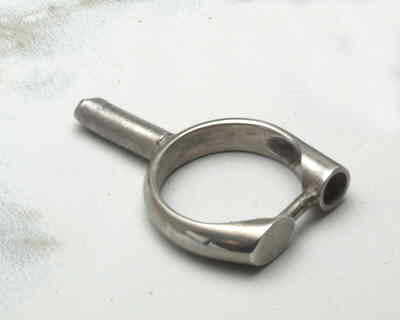
This is then encased in rubber which is melted into a block and then cut open to remove the master. This rubber mould can then be injected with molten wax to produce any number of replicas.
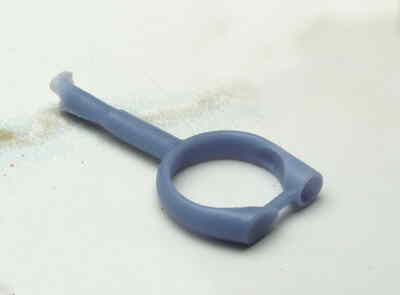
In commercial lost wax casting, hundreds of these waxes can be built up into a tree so that they can all be cast in one go. These, if you can believe it, are actually quite small ones. Mine are rather less impressive as I’m only casting one or possibly two pieces at a time.
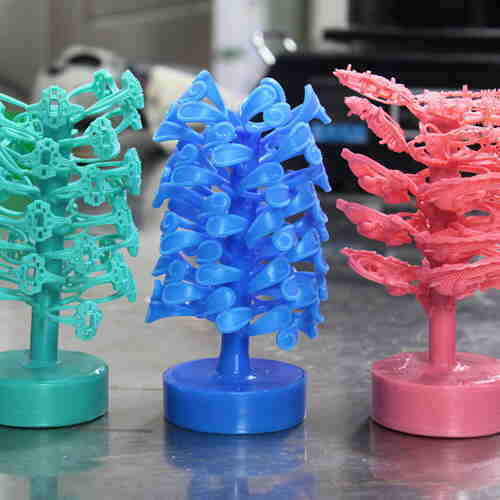
These trees are then loaded into a cylindrical flask and covered with plaster. Once it’s set the flasks are heated to melt the wax out and then fired to harden the plaster. It’s the fact that the wax is removed or ‘lost’ that give the process its name.
The flasks come out of the kiln at 750 C ready to receive the molten gold. The casting is performed under vacuum in order to draw the gold into every part of the mould and the metal has to be kept under flame the whole time to avoid contaminated from the air. Pouring the metal while activating the vacuum and holding a blow torch is considerably easier if you have three hands. Working alone has its challenges!
This can all go wrong in so many ways but if it doesn’t then the casting comes out as a perfect replica of the master and wax.

There’s a little way to go before we get to the finished piece but the result is a reincarnation of two pieces of highly significant jewellery into something that will give daily pleasure for many years to come.
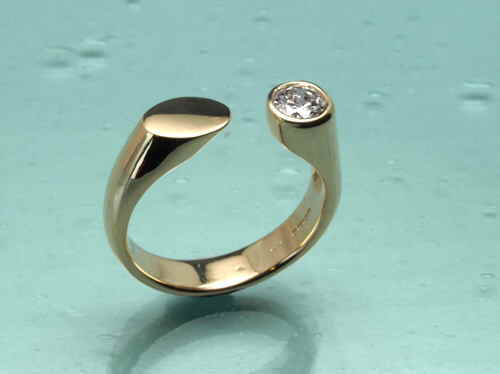
I have a couple of silver shanks left over from this process and I’ve made them available in my Rogue’s Gallery set with inverted semi precious cabochons. If you’re interested, you can see them here.


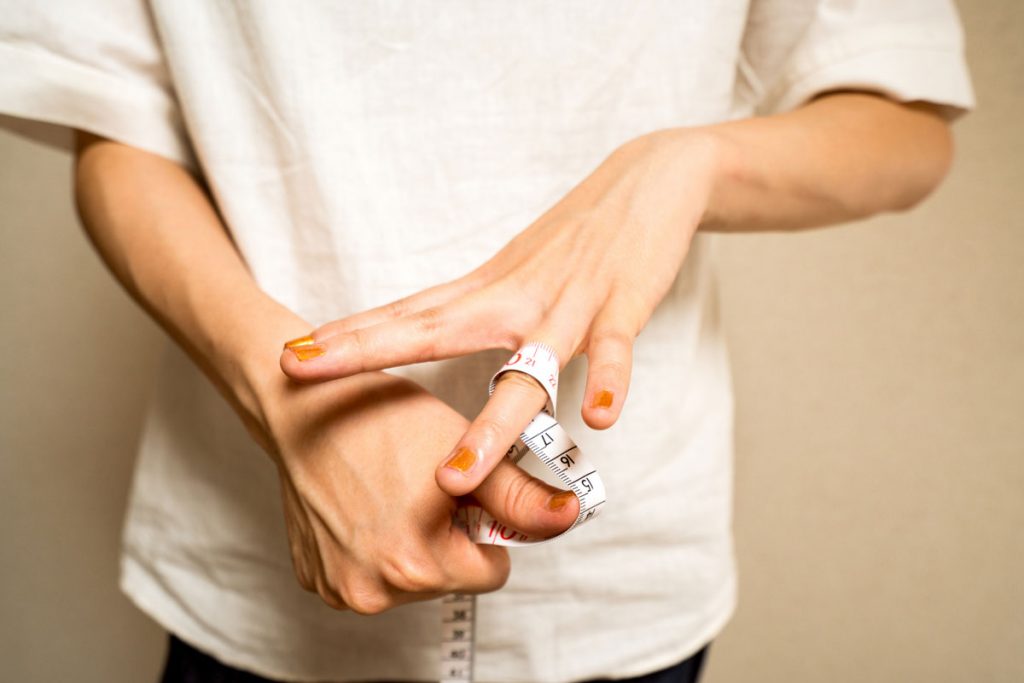
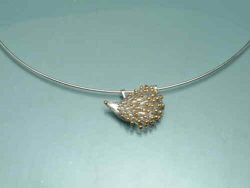
Hi Jez, as the owner of this beautiful ring I just wanted to say how much I appreciate the amount of work you went to to create this for me.I LOVE it !!! As they were very sentimental to me I am so pleased I can wear my old rings once again in this beautiful new ring. Thankyou so much, Carol Wheeler